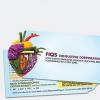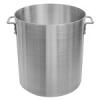Hi all,
We have a very small Lupin manufacturing company. We are trying to get BRCGS certified. We are classed low risk. However, for environmental monitoring what microbes should we be testing for?
Presently, we do Ecoli, Coliforms, TPC.
Should we be considering Listeria and Salmonella? For Drains?
We dont use any animal products. We have outsourced some of our products. They come back to us only for packing.
We use UV filtered rain water. What tests should we be looking at? We are doing Heterotrophic colony @22 deg C and 36 Deg C and coliforms. What else would be required?
Please can anyone advise
Thankyou





















